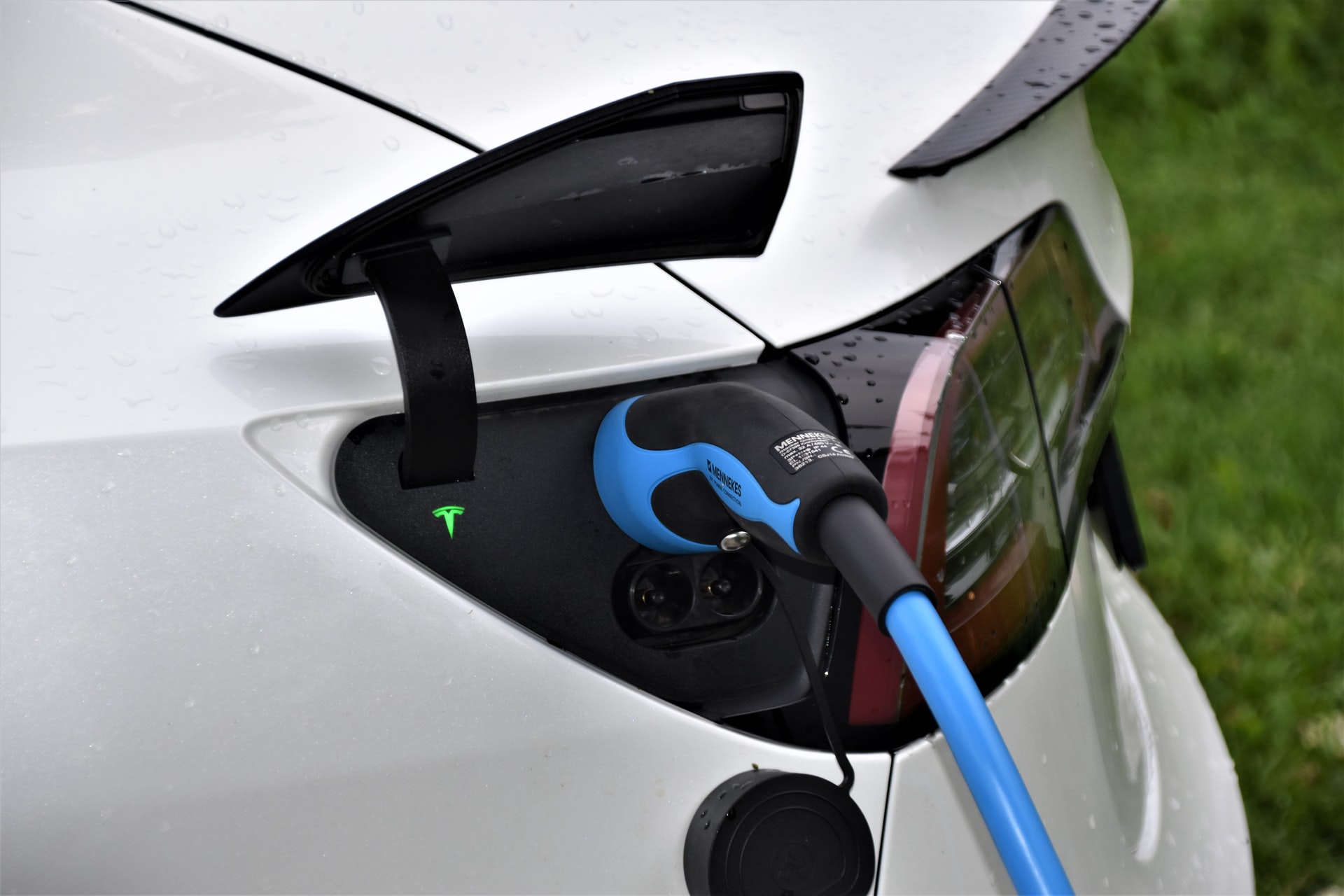An aggressive and active approach towards the commercialization of electric vehicles is clearly on the horizon of every area. According to statistical trends, the number of Electric Vehicles (EVs) is expected to rise to 125 million by 2030. However, there are numerous challenges that await the wide adaptability of this technology. In the midst of the race against carbon emissions, three core focal areas are of particular interest, i.e. battery technology, control units and electric motors. Constant prototyping in these areas is the talk of the town and every prototyping company is racing for competitive advantage.
Upfront Challenges for the EV Market
- Driving range: How far can an EV go on a single charge is the topic of discussion nowadays. It is not only about efficiency but also about the operating conditions. For instance, a vehicle range can go down by 41 percent when the temperature dropped to 20 degrees Fahrenheit, according to a study by AAA.
- Charging times: Longer stop times for recharging is a major concern. Who would want to waste time on a 30-minute charging stop for a 1-hour trip?
- Limited choices for vehicles and higher capital costs: Models available for consumer electric vehicles are limited and pricier than their IC engine counterparts. However, rapid prototyping is making way for cheaper alternatives which we will discuss in the article.
Prototyping in Battery Packs’ Technology
The need for long-range EVs is top priority at the moment. For a comprehensive shift from hybrid cars to EVs, the development of efficient and reliable batteries is required. Five parameters come into consideration when the development of battery packs is considered:
- Energy density
- Safety
- Cost
- Charging time
- Sustainability
Conventional lithium-ion batteries use liquid electrolyte mediums which compromise safety due to the harsh conditions that a vehicle is subjected to. Moreover, in cold countries, freezing of electrolytes is another dilemma. Along with this, immense volatility and the flammable nature of liquid electrolytes are reasons why the automotive industry is rapidly moving towards Solid-State Batteries (SSBs).
Currently, several companies including Tesla are racing for the optimal combination of:
- Electrolyte
- Anode
- Cathode
Tesla holds its annual Battery Day where it discusses major progress made in this niche and so far, LFP technology holds significant importance in the automotive market. LFP stands for Lithium-Iron-Phosphate. With a switch to this technology comes a dilemma related to lower energy densities. To cater for this, the conventional cylindrical structure of cells is switched to prism shaped cells which ultimately means more energy within a volume. Moreover, Mercedes-Benz announced in February 2020 that it would be partnering with Hydro-Quebec to work on SSBs.
With new battery structures comes the need for the development of new battery housings to efficiently cater to the weight distribution and several batteries in a compact space. This is where prototyping company comes in handy. They can help provide low-cost solutions for preliminary or real-time testing of battery packs’ structure since structural integrity in harsh road conditions is monumental.
Exploring Electric Motors for EVs
The development of electric motors with optimal ratings for torque and power is the key to future EV success. However, the challenging aspect is not only about these two aspects but also about the motor being lightweight and adaptable to the minimal space within a vehicle.
A notable example of prototyping electric motors for EVs is from 2019 when Nidec announced a fully integrated electric motor architecture that can fit within the wheel hub. Major features of this prototype include an oil-lubricated cooling system with integrated reduction gears. Along with this, a single motor can deliver up to 100kW of power weighing only 32 kilograms adaptable to a wheel hub size of 20 inches. Direct installation on the wheels ultimately results in lesser transmission losses. It also enables safer VSC (Vehicle Stability Control) and traction control systems.
Now as simple as this may sound, installing a separate motor for each wheel isn’t viable yet due to challenges based on the increased requirement of power from the battery packs. Therefore, automotive manufacturers are constantly hiring the services of experienced prototyping company to test viable solutions and land at the optimal solution while keeping prototyping costs minimal.
New Horizons for a Carbon-Free Electric Powered Future
EV innovation is expanding its roots to new horizons with the aid of prototyping. Let us discuss some key advancements.
- Formula 1 Racing: The pinnacle of the racing industry, i.e. Formula 1 has announced a major move towards electric motor technology for reduced costs and better torque and efficiency parameters.
- Semi-long-haul trucks: Cracking the code for this industry is a major challenge for several companies including Volvo. Ensuring extensive load carrying capacities while keeping the weight of battery packs at an optimal value is the real challenge. You wouldn’t want a truck that weighs half the towing capacity itself.
- Engineers from Stanford’s electrical engineering department have successfully demonstrated wireless charging solution for moving objects. Through intensive prototyping and testing, they have developed a charger that could ensure the transmission of electricity even when the distance between the receiver and dissipater changes. It uses an architecture based on an amplifier and feedback resistor for variable operational frequencies. The new lab prototype can now transmit 10 watts over 70 centimeters. It will just be a matter of scaling up the technology so that it can be used for car charging.
Future Prospects for Electric Vehicles and Role of Prototyping
The main challenge that lies ahead for the broad adaptability of EVs is time for refueling. IC engines are still prevalent due to the shorter time durations for fueling up. Several solutions for rapid EV charging have come up as a result of prototyping.
One such notable example includes a Modular Battery Swapping Technology by a company known as Ample. It features an architecture where a vehicle pulls in an electric charging station, deposits depleted batteries and drives away with fully charged ones. It is analogous to how Lego blocks work.
This is a guest post submitted to Mechanical Engineering HQ by AutoProtoWay.com. As we can clearly notice from this article, design solutions and testing based on an experimental archetype from a credible prototyping company are vital. You can reach out to us for an in-depth review and collaboration on your innovative ideas for the booming EV market! Get to know more Custom CNC machining for your prototype projects.


